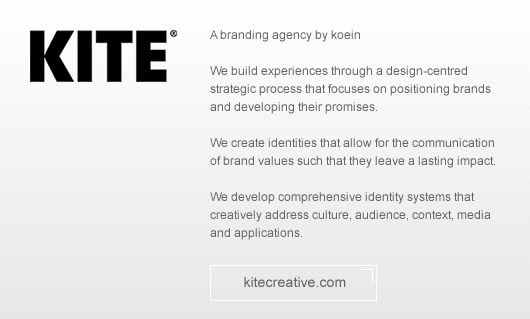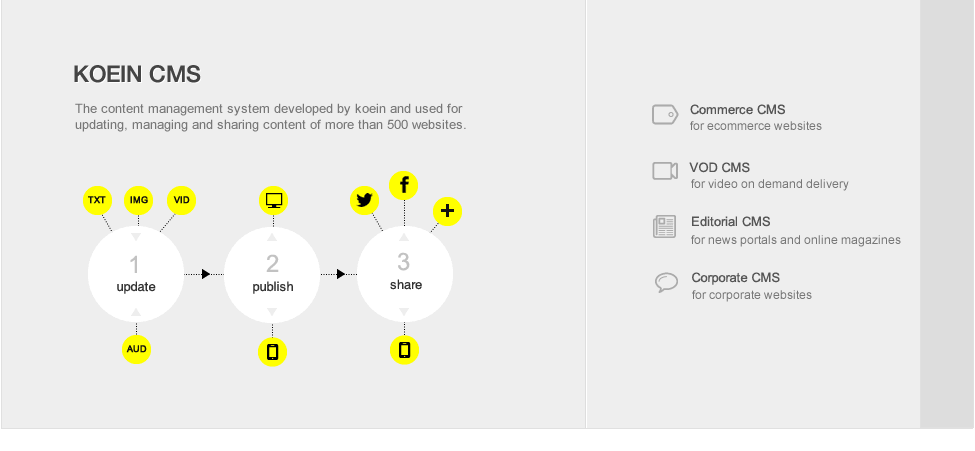Your 10 minutes introduction to SEO

- get higher ranking in search results
- increase traffic and sales on your website
- bring new pre-qualified customers
SEO is the process of growing visibility in search engine for free. It is one of the best methods for getting traffic t oyour website. The Internet is becoming more and more competitive, hence the importance of having your website optimised to rank better in search engines.
The majority of web traffic comes from major search engines such as Google, Bing, and Yahoo!. There are actually dozens of search engines, but the most-frequently used is Google with approximately 70% market share. Although there are other means of generating traffic, such as social media viral posts or paid advertisement, search engines remain the primary browsing access point for most Internet users.
There are many aspects that allows better rankings, and increased traffic from search engines:
- Good and Unique Content
- Using the right keywords
- Website and pages popularity
- Search engine-friendly metadata
- Sitemaps and robots files
Let’s have them covered.
CONTENT
Content is very crucial for SEO, it should always be appealing, unique and useful. This is ultimately the best advice for optimising your presence on search engines. Your content should also be regularly improved as search engines just love seeing updated content. Once you have great content, you can now begin researching your keywords.
KEYWORD RESEARCH
The key ingredients in getting high page visibility is to know what key phrases people will search for in your line of business, and to integrate those phrases into your website content.
Your objective is to be listed on the first page of search engine results (SER), near the top. Keep in mind that the better your click-through rate, the higher you rank. Number 1 position in Google gets 33% of search traffic, hence you really want to do everything in your power to reach this position.
Here goes the step-by-step guide on how to do your keyword research.
- Think of the keywords your users will use to find your site. You should put yourself in the place of your customer / visitor, and understand what your target audience is looking for and which keywords (search queries) they will be entering in the search box to find your website.
- Start by 5 or 10 keywords. These are the keywords you will be focusing on to help you get more traffic.
- The keywords should not be too broad - ie a keyword of 3 words is best. Indeed, it’s better to get the right visitor than too many irrelevant visitors.
- Include your targeted keywords in your content; title, text and meta-data. Don't overdo it as search engines penalize for keyword spamming.
LINK BUILDING (BACKLINKS)
Search engines consider that the higher the quality of a website, the more popular it is and the more link backs it earns. Make sure you have as many relevant links as possible from highly ranked sources such as other websites, social media, blogs, forums, press releases, RSS ...
Koein’s advice is be selective in the sites you attempt to earn links from. Indeed, trustworthy sites tend to link to other trusted sites, contrary to spammy sites who receive very few links from trusted sources. The best links come from sites within the same topic as your site..
Capitalize on social networks, get links from influencers and pages with large audiences.
Link building is the most challenging part of an SEO; it is difficult to implement, but is one of the most helpful actions.
OPTIMIZE YOUR SITE FOR SEARCH ENGINES
Your web content should be accessible to search engines for easier crawling
- Indexable content should be in HTML text format including your title, menu, links, ...
- Make sure to use keywords in the <title> <h1> elements and images ALT attributes.
- Avoid duplicate content, and make your content unique
- Include optimised meta-data data in your code. ie: meta-description, where you describe in 130-155 characters your page’s content. Google will most likely use this text in the listing of your site in the search engine's results page.
- Use robots.txt files to give instructions to search engines such as which pages you would like them not to crawl, or the locations of sitemaps. The less important pages of your site could be “turned off” for the crawlers to read only your primary pages.
- Have a clear hierarchy and text links, and a clear sitemap.
- Your URLs should use your main keywords and be well structured to reflect your site hierarchy. Use hyphens and not underscore to separate words in your url.
Example : www.koein.com/portfolio
You can optimize your website's architecture to make it easy on search engines to understand your site’s navigability.
To give hints to the search engines on how they can crawl your pages, your developer can create an XML sitemap for your site. You can find more details at Sitemaps.org or build your own sitemap at XML-Sitemaps.com.
CONCLUSION
It takes time, practice, and experience to rank highly on search engines and enhance your SEO results. The two most important factors in obtaining high search engine visibility are the textual content and link popularity. Search engine optimization (SEO) is an ongoing process that must be an integral part of your website development and maintenance.
SEO cannot succeed without tracking your website's analytics to determine whether your campaign is successful.
Remember this word: “Linkbait”, meaning always provide great content that people find useful and interesting. This is really the first step toward your success in SEO.

